House of Muses by Gruppe builds upon its historic London surrounds
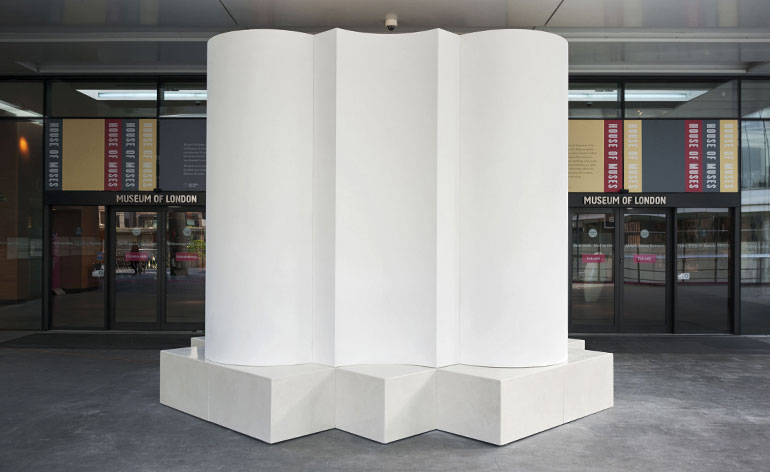
When it was built in the midst of a bomb site nearly 40 years ago, the Museum of London represented the future of architecture. While that might now seem a quaint notion, visitors are being asked to contemplate the future of that same site with an interactive installation, launching today as part of the London Festival of Architecture.
House of Muses is conceived as a large stone architectural fragment inspired by the Church of St Alban down the road, built by Christopher Wren - the tower of which is all that remains. Moulded from white plaster and propped on a plinth of scagliola, the new structure follows the traditional dips and bows of a classical column, yet its simplicity makes it appear amazingly fresh and modern on the pallid deck of the museum. Architect Nicholas Lobo Brennan, of the Swiss architecture and design practice Gruppe, says that, rather than harken back to an earlier time, the column 'uses history consciously'.
Lobo Brennan and his partners Boris Gusic and Christoph Junk won the commission by bringing to light 'the clash of times and styles' of this area, bound by 2,000 years of history. 'We wanted to give an idea of what has been and what could be,' says Lobo Brennan, 'to begin the discussion of this place by adding another fragment.'
At a basic level, House of Muses provides a place to sit - on the smooth plinth within the fluted niches of the column. 'With people meeting and chatting, kids climbing up... the urban barrier is broken down,' says Lobo Brennan. 'For me, some of the great social spaces of London happen when it's raining heavily and everyone has to hide under the eaves. It's the same here - the architectural elements encourage social engagement.'
Visitors can also enter into the raw plywood interior, like backstage at a theatre, to jot down their thoughts on the Muse and its London Wall setting. A wood staircase circles up to the brim of the column, and if you're outside looking at it from a distance, you might occasionally see a head pop out the top. This was entirely intentional. 'One of the big problems with museums today is their monumentality,' says Lobo Brennan. 'Seeing a head poke out the top takes away the authority of the monument. On the one hand, we've communicated this architectural topic in a direct way, but we've also provided a genuine city moment.'

Moulded from white plaster and propped on a plinth of scagliola, the new structure follows the traditional dips and bows of a classical column, yet its simplicity makes it appear amazingly fresh and modern on the pallid deck of the museum

The Tower of St Alban on Wood Street that inspired the piece. Rather than the more modest church of which it was actually a part, Gruppe imagined the tower as a remnant of a monumental cathedral stretching as far as the entrance to the museum today.
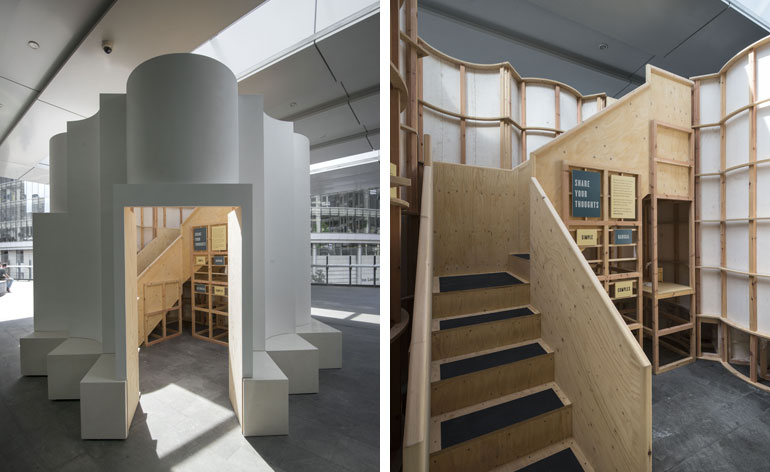
Visitors can enter into the raw plywood interior, like backstage at a theatre, to jot down their thoughts on the Muse and its London Wall setting
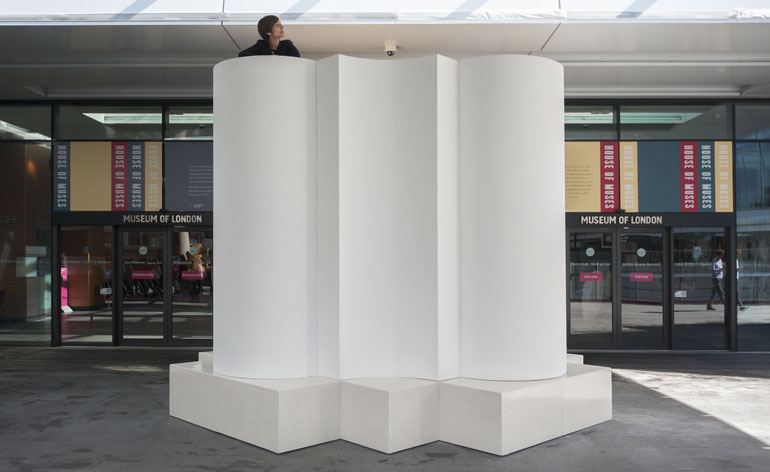
A wood staircase circles up to the brim of the column, and if you're outside looking at it from a distance, you might occasionally see a head pop out the top
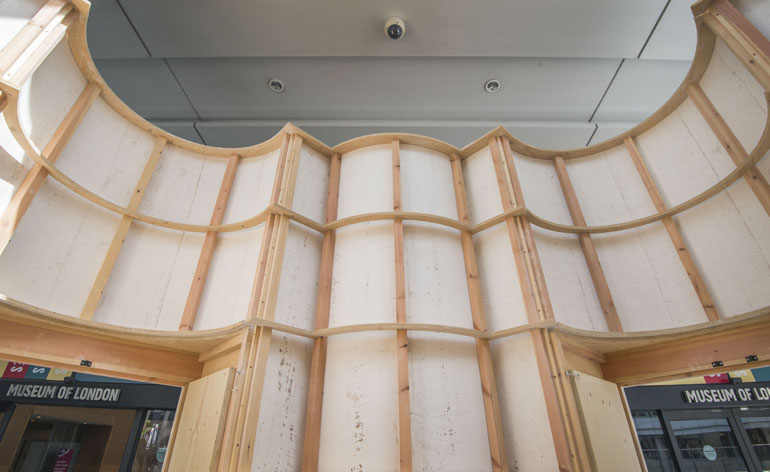
Gruppe conceived the pavilion as a way to bring people together in an intimate setting. 'For me, some of the great social spaces of London happen when it's raining heavily and everyone has to hide under the eaves,' says Gruppe partner Nicholas Lobo Brennan. 'It's the same here - the architectural elements encourage social engagement.'
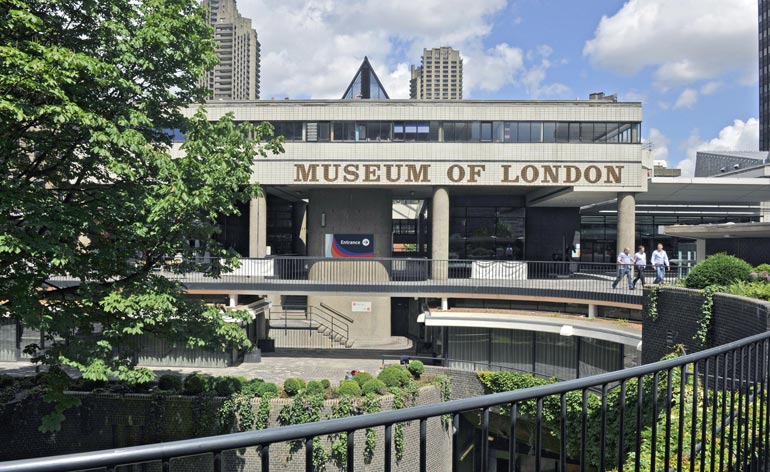
The Museum of London was designed by Powell & Moya and completed in 1976. It is sited on the southwest corner of the Barbican estate.
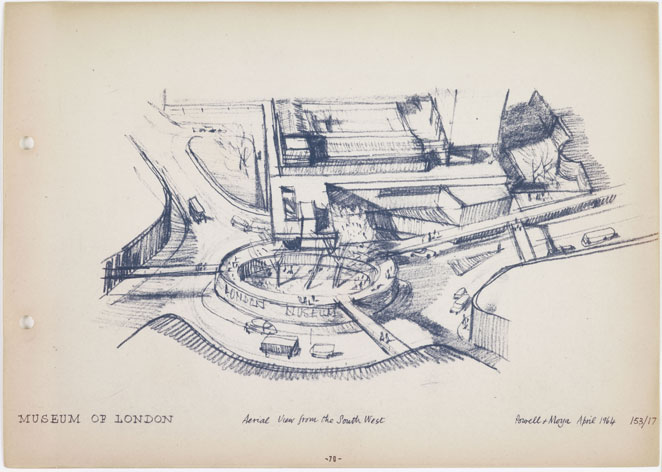
To complement Gruppe's structure, the museum is staging a mini exhibition in the rotunda space outside the entrance, delving into its own archive to tell the story of the building of the museum and set it within the context of the area in which it is sited - the heart of the City of London. Pictured is an aerial view sketch of the Museum of London by Powell & Moya, April 1964
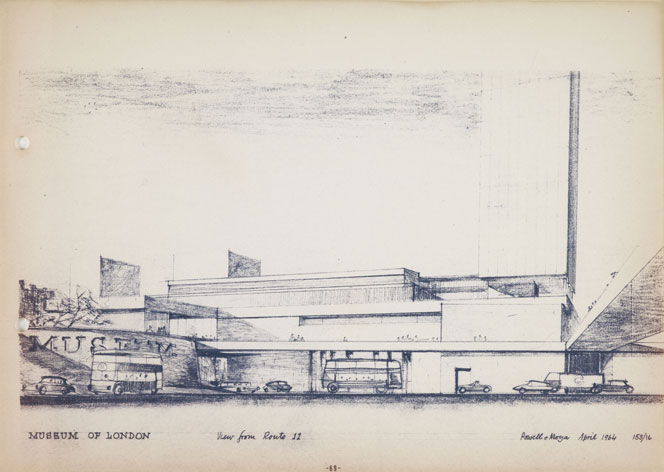
A Powell & Moya sketch of the Museum of London, April 1964
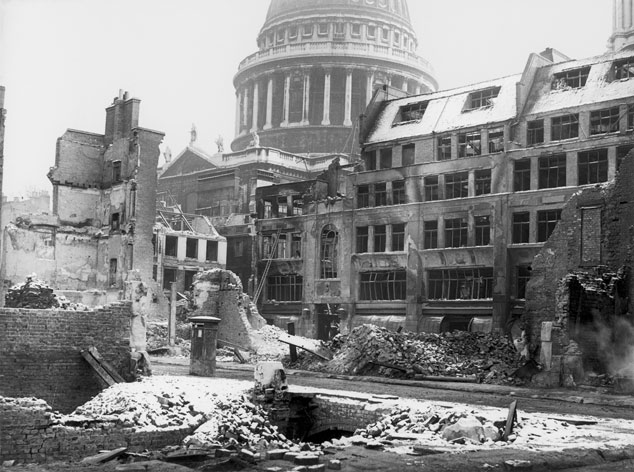
Also on display are photographs by Arthur Cross and Fred Tibbs that show the damage wreaked by the Second World War on the City of London. Pictured is the south side of Paternoster Square by St Paul's Cathedral, December 1940
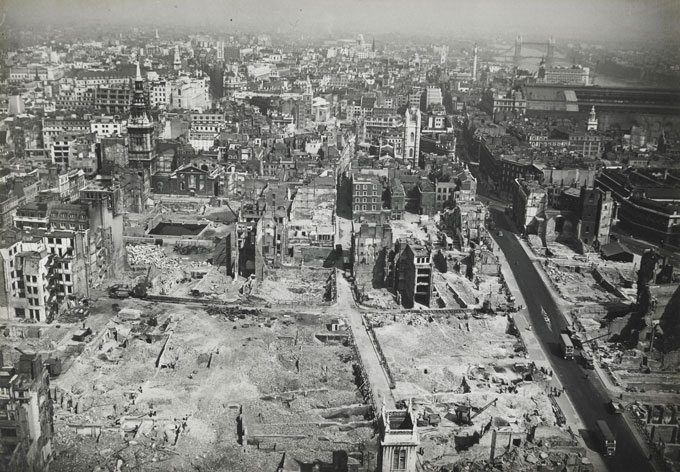
View looking east from the top of St Paul's Cathedral showing the extent of the damage caused during the Blitz, 1940-41
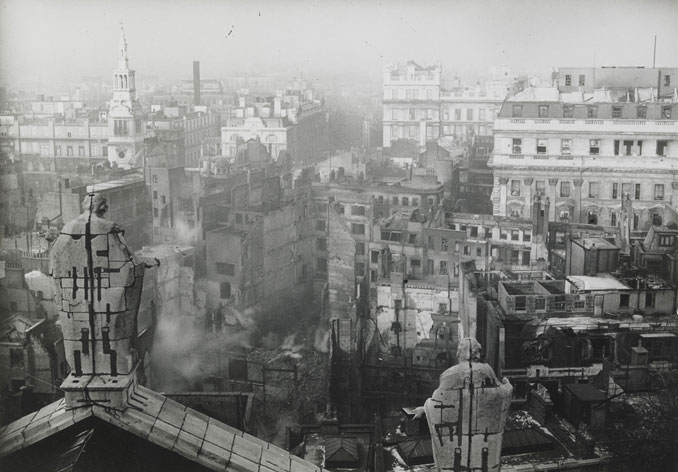
An elevated view from St Paul's Cathedral looking across Paternoster Square, showing the damage, circa 1941

The Museum of London's building was part of the post-war regeneration of the City. Pictured is a construction photograph from the 1970s

Museum of London rotunda construction, 1973
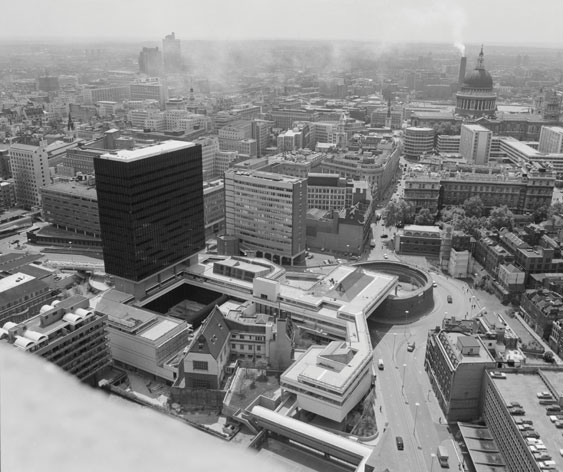
Aerial view looking south of the completed Museum of London, 1976
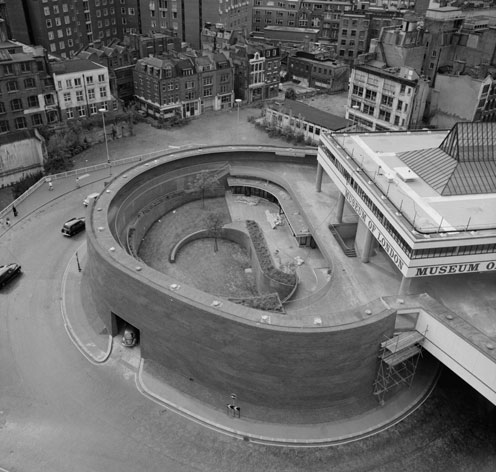
Museum of London rotunda, 1976
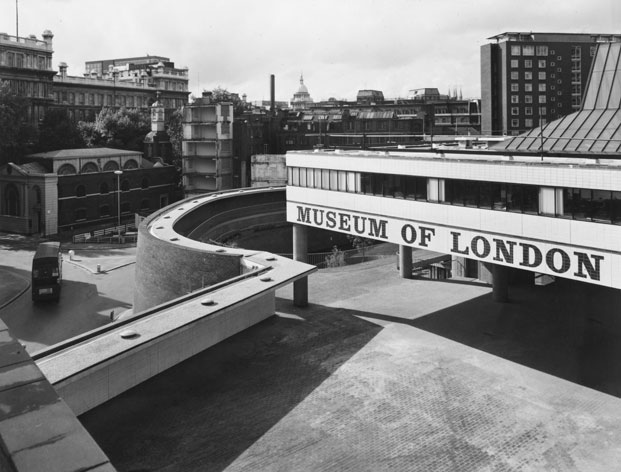
A view of the new Museum of London looking towards the junction of Aldersgate Street and London Wall, 1976
ADDRESS
Museum of London
150 London Wall
London EC2Y 5HN
Receive our daily digest of inspiration, escapism and design stories from around the world direct to your inbox.
Based in London, Ellen Himelfarb travels widely for her reports on architecture and design. Her words appear in The Times, The Telegraph, The World of Interiors, and The Globe and Mail in her native Canada. She has worked with Wallpaper* since 2006.
-
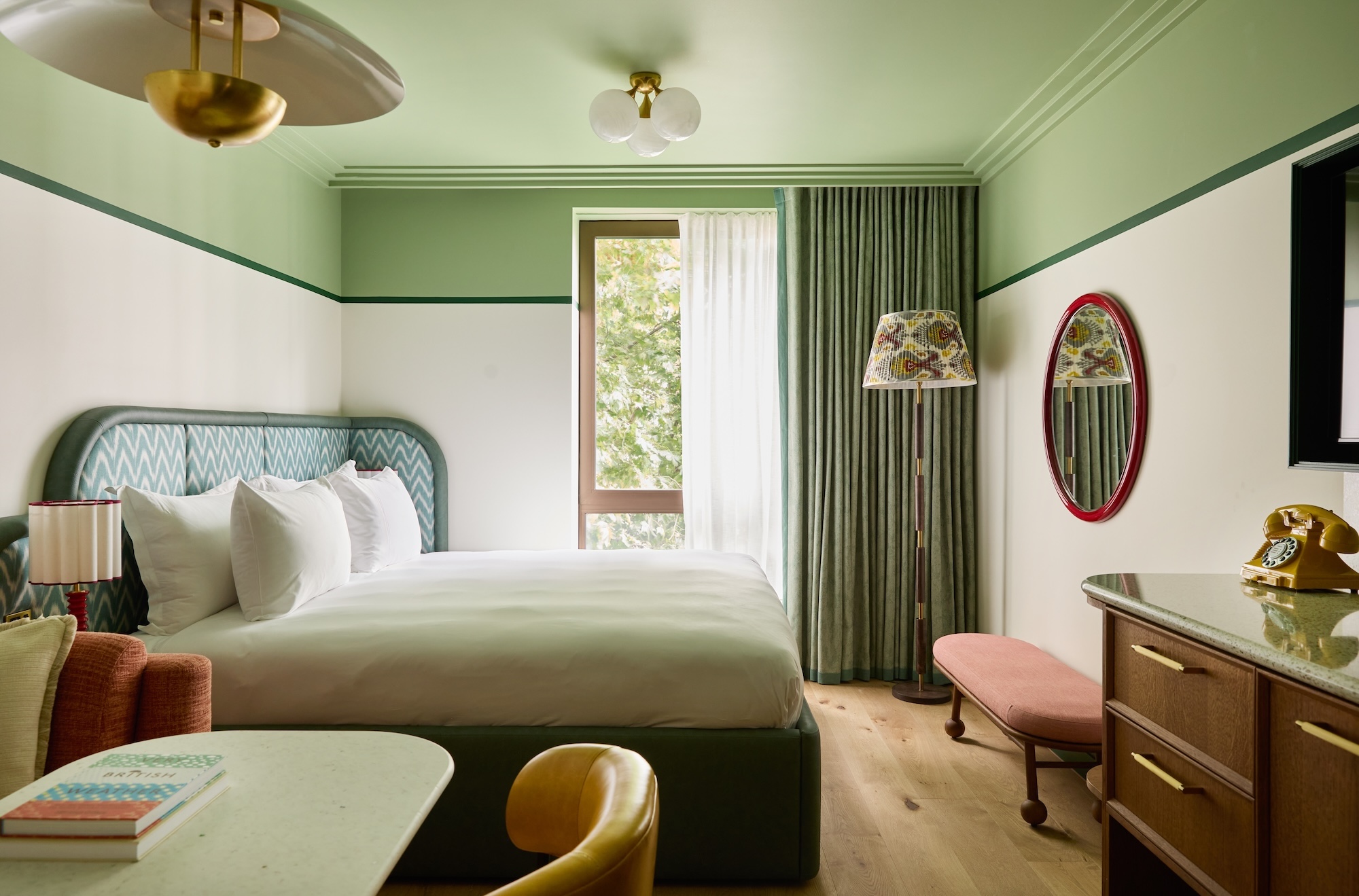 At last: a London hotel that’s great for groups and extended stays
At last: a London hotel that’s great for groups and extended staysThe July London Victoria, a new aparthotel concept just steps away from one of the city's busiest rail stations, is perfect for weekends and long-term visits alike
-
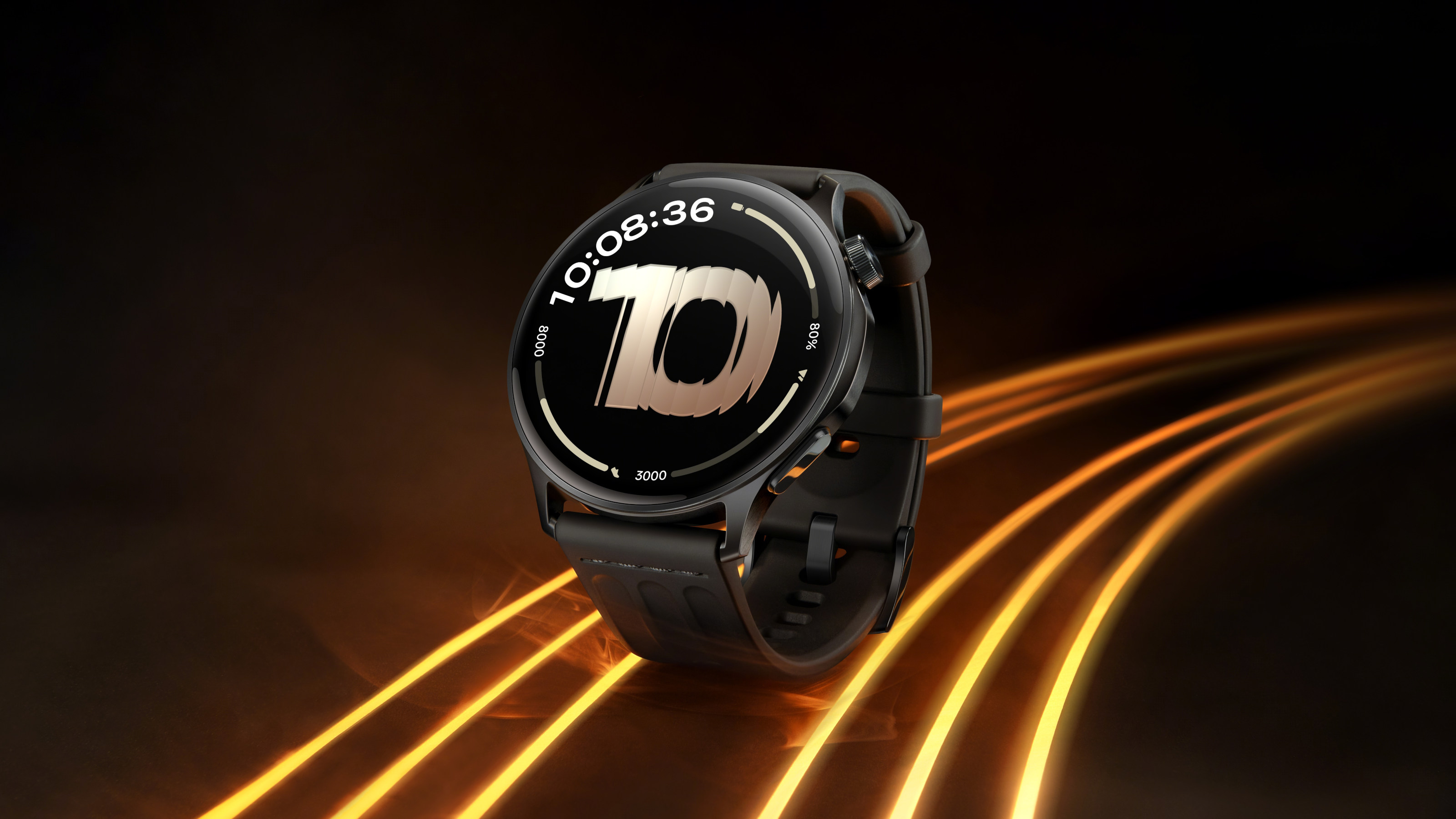 Three new smartwatches showcase new frontiers in affordable timepiece design
Three new smartwatches showcase new frontiers in affordable timepiece designLong may you run: smartwatches from Withit, Kospet and OnePlus favour function and value above all else, demonstrating just how much the smartwatch has evolved in recent years
-
 Debuts, dandies, Demi Moore: 25 fashion moments that defined 2025 in style
Debuts, dandies, Demi Moore: 25 fashion moments that defined 2025 in style2025 was a watershed year in fashion. As selected by the Wallpaper* style team, here are the 25 moments that defined the zeitgeist
-
 Arbour House is a north London home that lies low but punches high
Arbour House is a north London home that lies low but punches highArbour House by Andrei Saltykov is a low-lying Crouch End home with a striking roof structure that sets it apart
-
 A former agricultural building is transformed into a minimal rural home by Bindloss Dawes
A former agricultural building is transformed into a minimal rural home by Bindloss DawesZero-carbon design meets adaptive re-use in the Tractor Shed, a stripped-back house in a country village by Somerset architects Bindloss Dawes
-
 RIBA House of the Year 2025 is a ‘rare mixture of sensitivity and boldness’
RIBA House of the Year 2025 is a ‘rare mixture of sensitivity and boldness’Topping the list of seven shortlisted homes, Izat Arundell’s Hebridean self-build – named Caochan na Creige – is announced as the RIBA House of the Year 2025
-
 In addition to brutalist buildings, Alison Smithson designed some of the most creative Christmas cards we've seen
In addition to brutalist buildings, Alison Smithson designed some of the most creative Christmas cards we've seenThe architect’s collection of season’s greetings is on show at the Roca London Gallery, just in time for the holidays
-
 In South Wales, a remote coastal farmhouse flaunts its modern revamp, primed for hosting
In South Wales, a remote coastal farmhouse flaunts its modern revamp, primed for hostingA farmhouse perched on the Gower Peninsula, Delfyd Farm reveals its ground-floor refresh by architecture studio Rural Office, which created a cosy home with breathtaking views
-
 A revived public space in Aberdeen is named Scotland’s building of the year
A revived public space in Aberdeen is named Scotland’s building of the yearAberdeen's Union Terrace Gardens by Stallan-Brand Architecture + Design and LDA Design wins the 2025 Andrew Doolan Best Building in Scotland Award
-
 The Architecture Edit: Wallpaper’s houses of the month
The Architecture Edit: Wallpaper’s houses of the monthFrom wineries-turned-music studios to fire-resistant holiday homes, these are the properties that have most impressed the Wallpaper* editors this month
-
 A refreshed 1950s apartment in East London allows for moments of discovery
A refreshed 1950s apartment in East London allows for moments of discoveryWith this 1950s apartment redesign, London-based architects Studio Naama wanted to create a residence which reflects the fun and individual nature of the clients